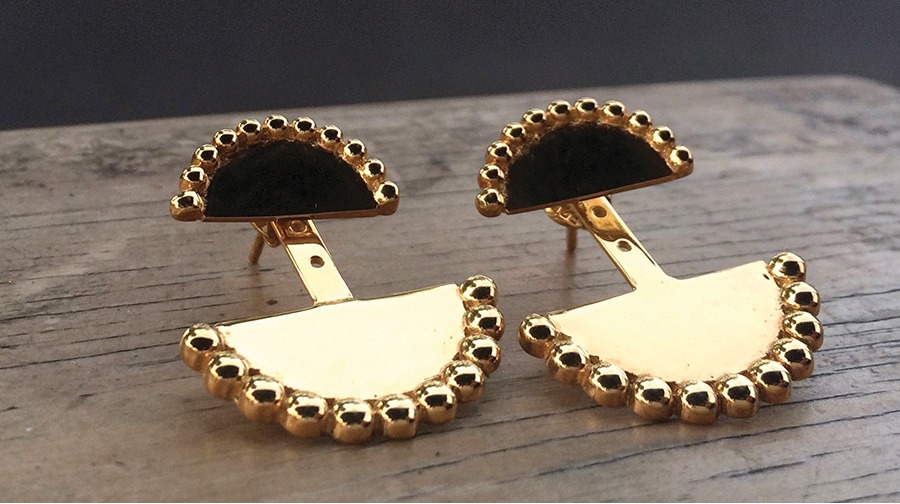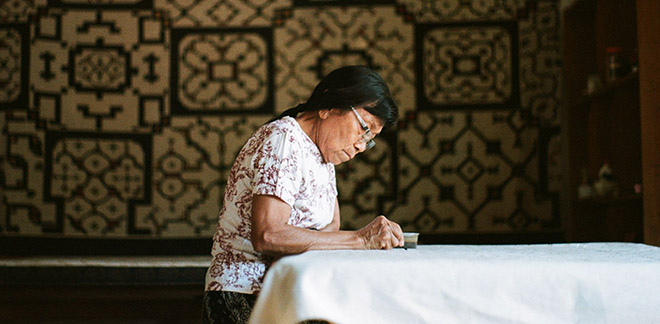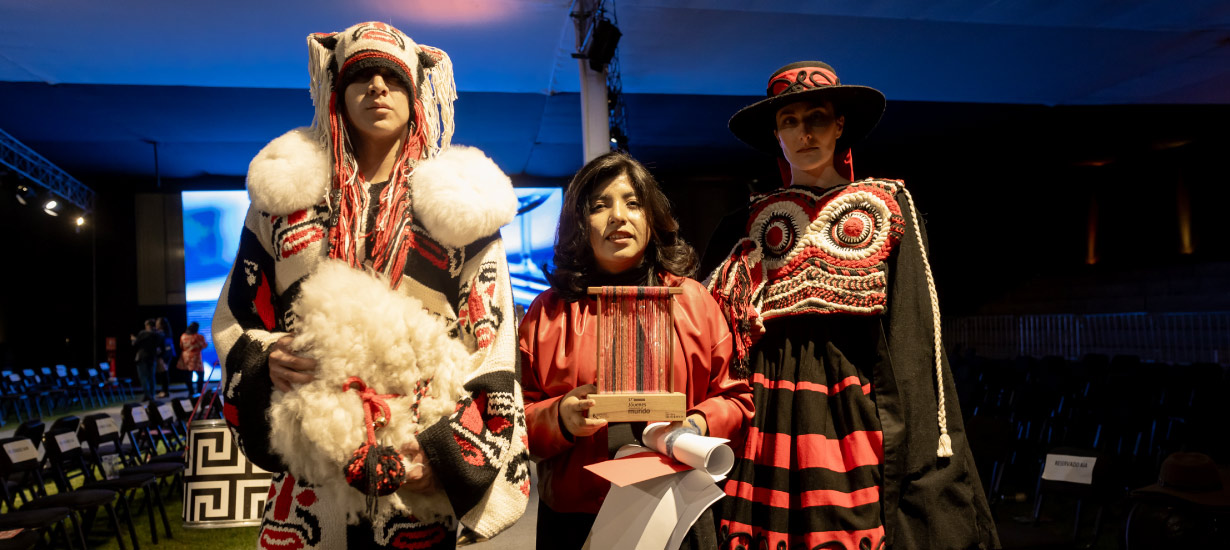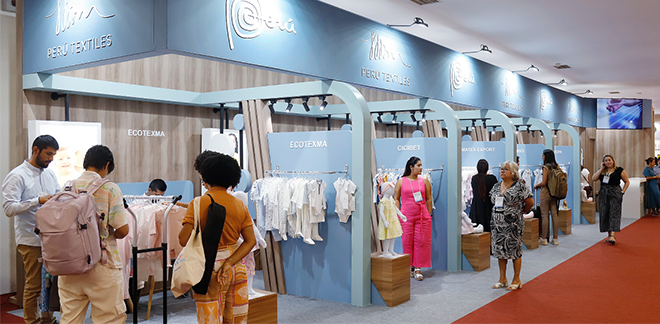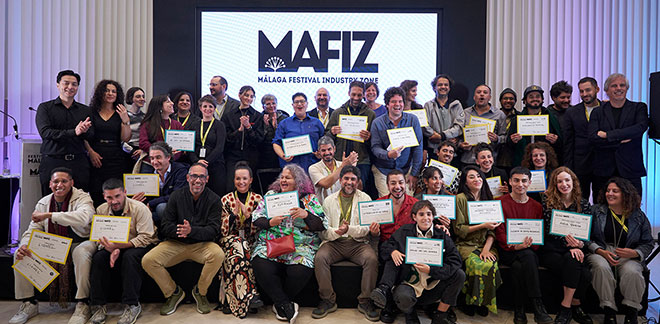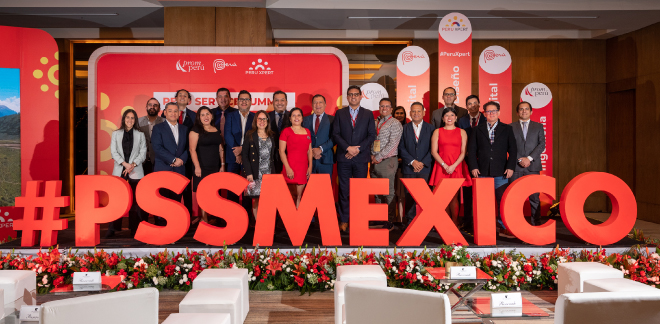Peru dresses the world with its millennial legacy
Síguenos en:Google News
Seven thousand years of textile tradition places Peru in a privileged position in the clothing and decoration industry.
The first remains of civilization in the Peruvian territory dated more than five thousand years. Thanks to excavations in Supe valley, to the north of Lima, sacred buildings in the oldest citadel in America, Caral, were found. Also, a group of utilitarian objects, ceramics as well as good quality and well preserved pieces of clothing were discovered, which show us how society was formed at the time. Clothing communicated and distinguished people.
Ancestral weaving and goldsmithing
Cotton and alpaca fiber - a camelid that was domesticated with the vicuña - were the main raw materials for an activity done by artisans and whose knowledge and techniques were transmitted from generation to generation.
The Paracas culture appeared one thousand five hundred years before the Inca Empire. They made textiles that show how skillful those ancient weavers were. You can also appreciate in their designs the way they saw the world. Even now it is possible to see the neat techniques used in the textiles and the colors are still as bright as when they were used to cover their owners. According to the experts, the secret is the use of dyes obtained from vegetables, minerals and animals that were subjected to complex conditioning process.
On the other hand, the Moches developed a skillful method to elaborate ornaments made out of gold, silver and copper with precious and semi-precious stones, feathers of birds from the Amazon and coral. They used techniques such as lamination, hammering, wiring and welding. A glance at the Tomb of the Lord of Sipán and The Lady of Cao is enough to know that the Incas’ predecessors knew how to dress classy and with style.
Inca heritage for the world
The Incas took the best of each culture they conquered and perfected it, and with that they made possible that activities such as textiles were enriched with contributions coming from all the Tahuantinsuyo. Their mantles, unkus (tunics), vinchas (bands) and chumpis (belts) determined their rank and social status. The textiles were woven by mamaconas in the aclla huasis which were workshops for productive activities for women.
Centuries have gone by, but something still stands: Peruvian textiles are still being admired. Nowadays the heritage of tradition, great creativity and techniques remain in the blood of Peruvian people. Our industry is ready to dress the most demanding consumers all over the world.


